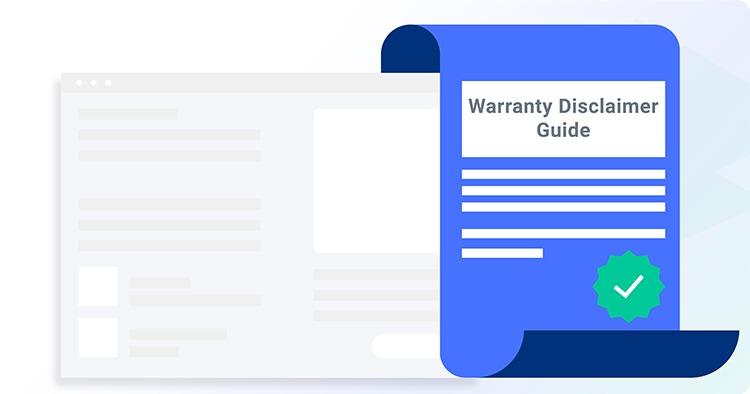
Warranty Understanding Tips: Maximize Coverage Knowledge
Warranties can be complex documents, filled with legal jargon and intricate details. Navigating through them can be challenging, but gaining a solid understanding is crucial for maximizing the coverage and benefits they offer.
Deciphering the Fine Print
The devil is often in the details when it comes to warranties. Take the time to carefully read through the fine print. Pay close attention to terms and conditions, exclusions, and any limitations that may apply. This initial step sets the foundation for a comprehensive understanding of what is covered and what is not.
Identifying Covered Components
Warranties typically cover specific components of a product or service. Whether it’s a home appliance, electronic gadget, or a service contract, understanding which parts are covered ensures you know what to expect in case of an issue. This knowledge is particularly valuable when making a purchase decision.
Duration Matters: Short-Term vs. Long-Term
Warranties vary in duration, and the length of coverage can impact your decision-making process. Short-term warranties may provide immediate benefits, while long-term warranties offer extended protection. Consider the anticipated lifespan of the product or service to determine the most suitable warranty duration for your needs.
Know Your Responsibilities
Understanding your responsibilities as a warranty holder is crucial. Some warranties require regular maintenance or specific usage guidelines to remain valid. Failing to adhere to these requirements may void the warranty. Be aware of what is expected from your end to maintain the coverage intact.
Clarifying Repair and Replacement Procedures
In the unfortunate event that a covered issue arises, knowing the procedures for repairs or replacements is essential. Familiarize yourself with the warranty’s protocol for filing a claim, the preferred service providers, and the timeline for resolution. This knowledge can save you time and frustration during the claims process.
Consideration for Extended Warranties
Some products or services may offer the option to purchase extended warranties for additional coverage. Evaluate the cost-benefit ratio of extended warranties, taking into account the likelihood of issues occurring after the initial warranty period. In some cases, the added peace of mind may be well worth the investment.
Comparing Manufacturer and Third-Party Warranties
Understanding the differences between manufacturer warranties and third-party warranties is crucial. Manufacturer warranties are often included with the product, while third-party warranties may be purchased separately. Compare the coverage, terms, and reputation of both options to make an informed decision.
Documenting Your Warranty
Once you have a clear understanding of the warranty terms, it’s essential to keep all documentation in a safe and easily accessible place. This includes the original receipt, warranty card, and a copy of the warranty agreement. Having these documents readily available simplifies the process when a claim needs to be made.
Staying Informed and Seeking Assistance
Warranties may be updated or revised, so it’s essential to stay informed about any changes to the terms and conditions. If there are aspects of the warranty that remain unclear, don’t hesitate to seek assistance. Contacting the manufacturer or service provider for clarification ensures that you have accurate information.
In conclusion, mastering the art of warranty understanding empowers consumers to make informed decisions, enhances their ability to navigate the claims process seamlessly, and ultimately maximizes the benefits of the coverage. Remember, a well-informed consumer is a confident consumer.
For more in-depth tips and insights on Warranty Understanding, visit homecontractorzs.info.
